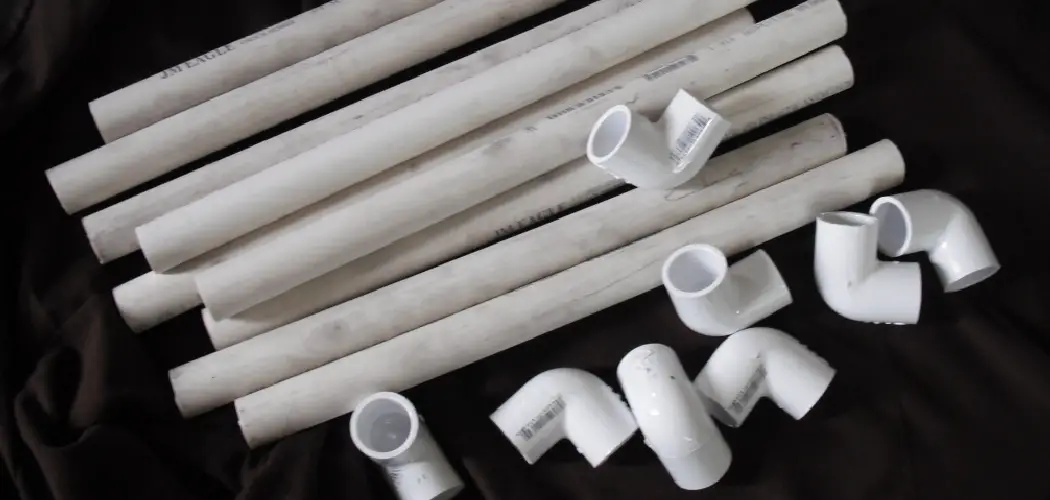Are you a DIY enthusiast? Do you love working on your projects and finding creative ways to reuse materials? If so, then this guide is for you.
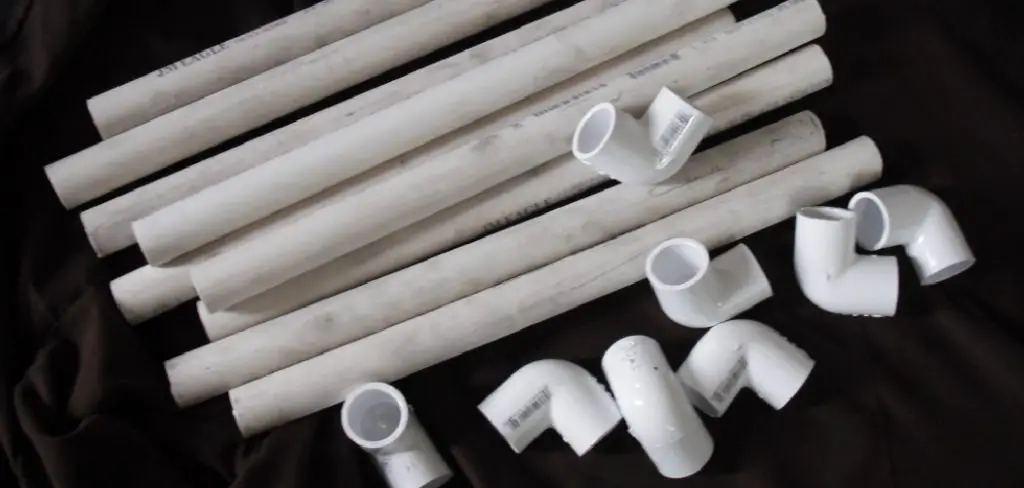
How to reuse PVC fittings is an environmentally friendly practice that not only minimizes waste but also saves money on future projects. PVC, or polyvinyl chloride, is a versatile plastic used in a variety of applications, from plumbing to crafting. By repurposing these fittings, homeowners and DIY enthusiasts can creatively extend the life of their materials, reduce the demand for new products, and contribute to sustainable practices.
This guide will explore practical methods for cleaning, refurbishing, and repurposing PVC fittings, allowing you to make the most of this durable resource in your next project. Let’s get started!
Why Reuse PVC Fittings?
Before we discuss the specifics of reusing PVC fittings, let’s consider why it’s important and beneficial.
- Reduces Waste: The production and disposal of plastic products significantly impact our environment. By repurposing PVC fittings, we can minimize the amount of plastic waste in landfills or pollute our oceans.
- Saves Money: DIY projects can be expensive, but reusing materials can significantly cut down on costs. PVC fittings are durable and long-lasting, so why not use them for multiple projects instead of buying new ones every time? It will save you money in the long run.
- Encourages Creativity: Repurposing materials allows you to think outside the box and come up with unique solutions for your projects. It also challenges you to be resourceful, which can lead to more innovative and creative results.
- Promotes Sustainability: We actively participate in sustainable practices by reusing PVC fittings. We reduce our carbon footprint by decreasing the demand for new products and conserving natural resources.
These are just a few reasons why reusing PVC fittings is beneficial. Now, let’s explore the methods for cleaning and repurposing them in more detail.
What Will You Need?
Before you start reusing PVC fittings, make sure you have these essential tools and materials on hand:
- Cleaning Supplies: To properly reuse PVC fittings, you must clean them first. You can use soap and water, a degreaser, or rubbing alcohol, depending on the condition of the fittings.
- Sandpaper or File: In some cases, PVC fittings may have rough edges or leftover glue residue that needs to be smoothed out with sandpaper or a file.
- PVC Primer and Cement: If you are repurposing the fittings for plumbing purposes, you will need PVC primer and cement to ensure a secure connection.
- Hacksaw or Pipe Cutter: These tools will come in handy if you need to cut or trim the PVC fittings for your project.
- Imagination and Creativity: Most importantly, you only need a little imagination and creativity to repurpose PVC fittings into something new and unique.
Once your supplies are ready, it’s time to start cleaning and repurposing those PVC fittings!
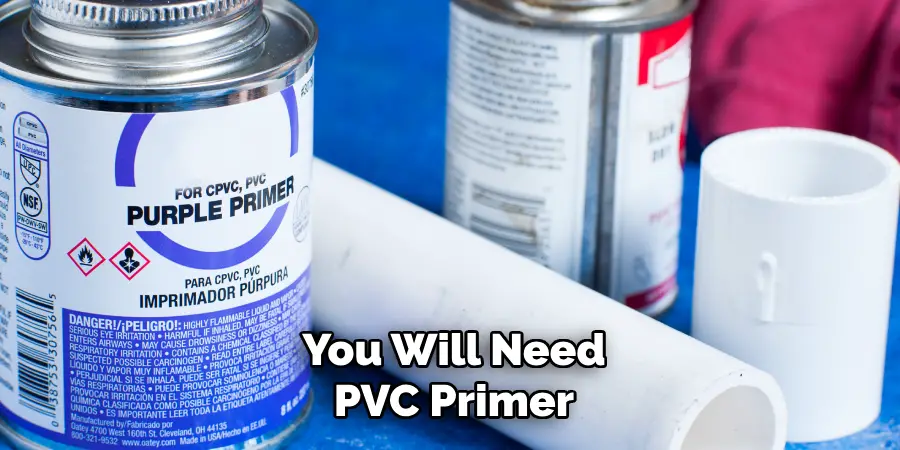
8 Easy Steps on How to Reuse PVC Fittings
Step 1: Assemble Your Work Area
Creating an efficient and organized work area is the first vital step in your PVC repurposing journey. Start by choosing a well-lit space, ideally with ample room to move around and lay out your materials. A clean surface, such as a workbench or a sturdy table, will help you keep track of your tools and fittings as you work. Ensure you have easy access to your cleaning supplies and tools so you will save time searching for items in the middle of your project.
Consider using a drop cloth or some old newspaper to protect the surface you’re working on from any mess, especially when using adhesives or paints. Additionally, having all your materials within reach will allow for a smooth workflow, enabling you to focus on the creative process rather than the logistical one. Once your workspace is set up, you’re ready to start the cleaning and refurbishing, laying the foundation for an inspiring and productive DIY project.
Step 2: Clean the PVC Fittings
Cleaning your PVC fittings is crucial to ensure they are free from dirt, grease, and old adhesive residues. Begin by rinsing the fittings under warm water to remove any loose debris. Next, gently scrub the surface with a mild soap solution or a degreaser using a soft cloth or sponge. For tighter spots or stubborn residues, rubbing alcohol can be effective; just make sure to work thoroughly to remove all contaminants.
After cleaning, rinse the fittings again under warm water to wash away any soap or cleaning agents. Allow them to dry completely before moving on to the next step, as moisture can interfere with any adhesive application or paint finishes you might choose to use later on. A clean surface improves the final aesthetic and enhances the durability of the repurposed items.
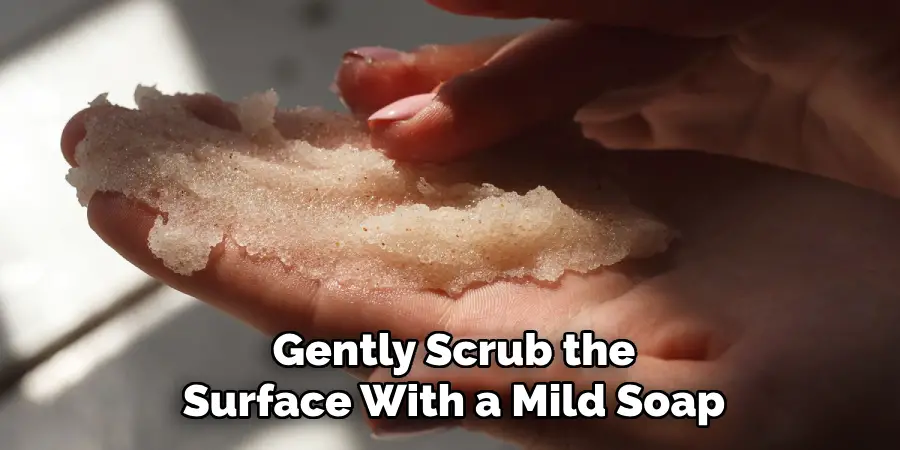
Step 3: Inspect the Fittings
Once your PVC fittings are clean and dry, it’s important to inspect them for any signs of damage or wear thoroughly. Check for cracks, chips, or broken edges that may affect their usability in your project. For fittings that will be used in plumbing applications, ensure there are no leaks or structural weaknesses that could cause problems later on. If you find any damaged fittings, consider whether they can still be salvaged—sometimes, depending on the extent of the damage, they can be cut down or modified for a different purpose.
Take note of any fittings that are in good condition and suitable for reuse, and set aside those that may need to be recycled instead. This careful evaluation ensures that your repurposed PVC fittings will be both functional and durable in their new applications.
Step 4: Smooth Rough Edges
After inspecting your PVC fittings, it’s time to address any rough edges or leftover adhesive that could interfere with their new application. Using sandpaper or a file, gently smooth out any jagged edges, ensuring that the fittings are safe to handle and won’t cause injury during use. Pay special attention to areas connecting with other materials, as a clean edge can facilitate better adhesion or fit. If there are significant glue residues, take extra care to remove these, as they can prevent a proper bond with adhesives or paints later on.
Step 5: Prepare for Adhesion
Before applying any adhesives or paints to your PVC fittings, preparing the surfaces to ensure optimal bonding is essential. Start by wiping down the fittings with a clean cloth to remove any dust or debris from the smoothing process. If you’re using PVC primer, apply a thin layer to the areas that will be joined; this will help to create a stronger bond when you apply the cement.
For paint applications, consider using a primer designed specifically for plastic surfaces, as this will ensure better adhesion and longevity of the finish. Allow any primers to dry according to the manufacturer’s instructions before proceeding to the next step. Proper surface preparation is key to achieving the best results in your repurposing project.
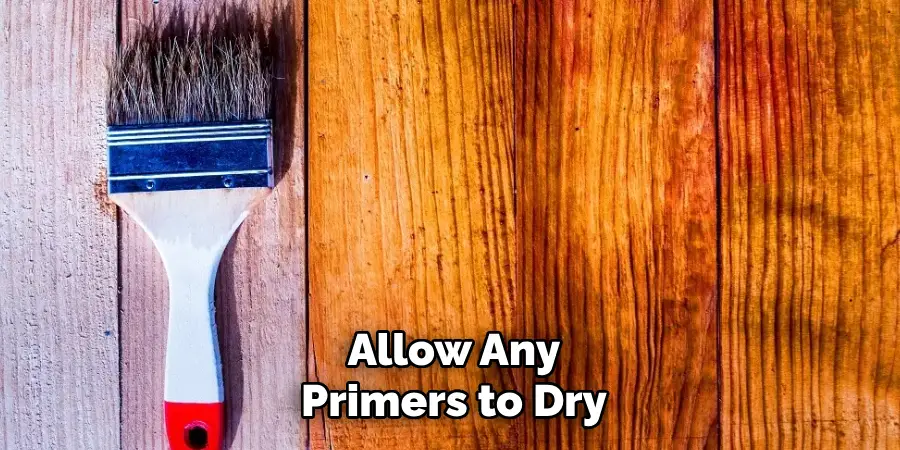
Step 6: Apply Adhesive or Paint
With your fittings prepped and primed, it’s time to apply your chosen adhesive or paint. If you’re using PVC cement, carefully follow the manufacturer’s instructions on the application. Use a brush or applicator to spread an even layer of cement on both surfaces that will be joined, ensuring you cover the entire area for a secure bond. For painting, start with a thin coat of primer if you still need to apply one; this will enhance the paint’s adhesion and longevity.
Once the primer is dry, use your chosen paint in thin, even strokes. Multiple light coats are preferable to a single heavy coat, as this will prevent drips and ensure an even finish. After applying, allow sufficient drying time as specified by the product instructions. This careful application will contribute to a professional-looking final result.
Step 7: Finishing Touches
Once your adhesive or paint has dried, it’s time to add the finishing touches to your repurposed PVC fittings. If desired, you can apply a clear sealant to enhance the durability of your painted surfaces and protect against scratches or moisture. Be sure to choose a sealant that’s compatible with PVC and your chosen paint to ensure cohesive performance.
Additionally, consider adding decorative elements such as stickers, stencils, or fabric wraps to personalize your project and give it a unique flair. Finally, inspect your finished pieces for any areas needing touch-ups or additional paint before using them in your DIY application. Completing these finishing touches will elevate the aesthetic of your repurposed items and ensure they are ready for practical use in your home or garden.
Step 8: Assemble Your Project
With your repurposed PVC fittings fully prepared and finished, it’s time to assemble them into your desired project. Begin by gathering all components and tools you will need for assembly, including any additional materials that complement the PVC fittings. Follow your project plan or instructions closely, ensuring the fittings are connected securely and in the correct orientation.
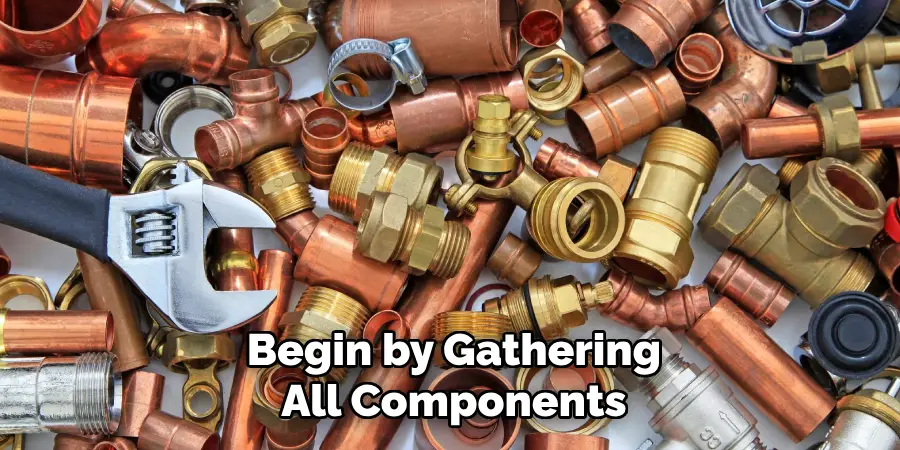
Depending on your project type—whether it’s a planter, storage solution, or decor—use appropriate screws, bolts, or adhesive to hold everything together. It’s advisable to double-check alignment and stability to maintain a professional look. After fully assembling your creation, give it a final once-over to ensure that everything is securely fastened and ready for use.
Following these steps, you can successfully repurpose PVC fittings and create unique, functional items for your home or garden.
Conclusion
How to reuse PVC fittings is an inventive and eco-friendly way to give new life to materials that might otherwise be discarded.
Following the outlined steps—from cleaning and inspecting to applying finishes and assembling your projects—you can transform these fittings into functional and aesthetic pieces for your home and garden. The versatility of PVC fittings allows for a wide range of applications, encouraging creativity and resourcefulness. Whether you choose to construct storage solutions, decorative items, or practical tools, the effort you put into repurposing will contribute to sustainability and add a unique touch to your space.
Embrace the process and enjoy the satisfaction of turning simple fittings into tailored creations.

